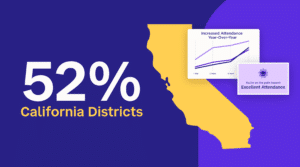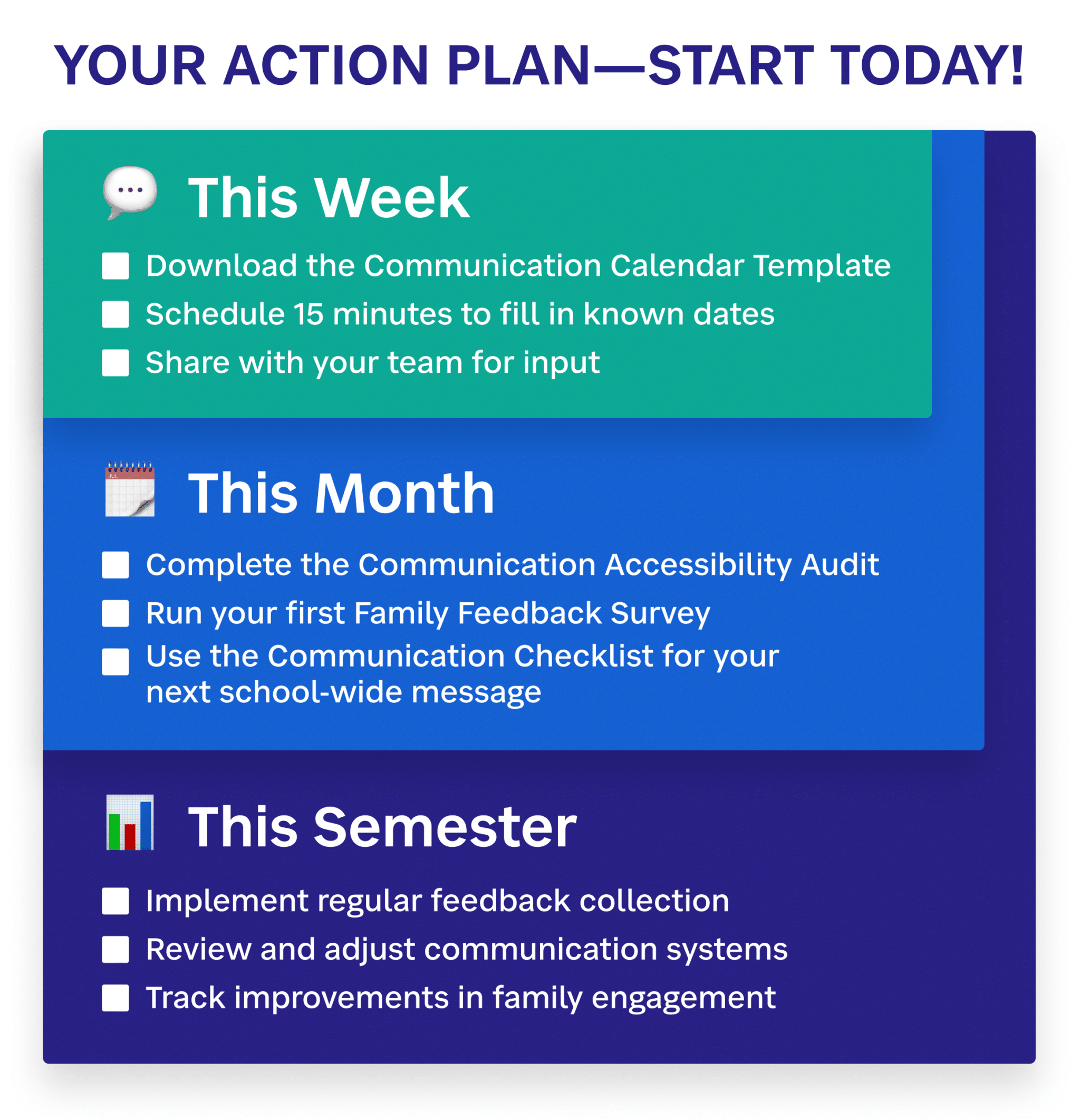![[Guide] A 6-Step Guide to Choosing the Right Attendance Management Solution-feature-image-1200×675 Student raising had with graphs and metrics for attendance management solutions](https://www.schoolstatus.com/wp-content/uploads/Guide-A-6-Step-Guide-to-Choosing-the-Right-Attendance-Management-Solution-feature-image-1200x675-1-400x225.png)
Featured Resource
Why Over Half of California School Districts Trust SchoolStatus
Read More >Join Mission: Attendance to reduce chronic absenteeism in 2025-26! >> Learn How <<



How to Boost Family Engagement & Attendance
Insights from the 2024 K-12 Educator Survey
Plus four free downloadable tools to help get you started!
Discover how schools can bridge the family engagement gap. New data shows 77% of educators value parent involvement, but only 25% achieve it. Learn practical solutions to the top 5 engagement challenges.

Family engagement isn’t a “nice-to-have”, it’s a must-have for student success. When families are connected, informed, and empowered, students show up ready to learn. But for many schools, communication challenges persist:
“We’re trying everything, but parents still say they don’t know what’s going on.”
“I wish we could reach families before attendance becomes a problem.”
You’re not alone. In our 2024 K-12 Educator Survey, 77% of respondents said family engagement is essential for student outcomes. Yet only 25% said it’s easy to connect with families in meaningful ways.
That’s where this guide comes in. Based on survey data, educator feedback, and proven district strategies, we’ll show you how to:
Want to know when to intervene early? Read: How to Spot At-Risk Students Early
![]()
Families thrive on predictability. Consistent outreach builds trust, reinforces school-home partnerships, and prevents information overload.
Insight from the Field: 68% of families say they want weekly updates, yet most schools send communication sporadically or only reactively.

Use this ready-made template to:
Related Link: SchoolStatus Attend helps track absenteeism trends and deliver timely, personalized updates to families.
Families want to help—but they need relevant, actionable insights, not generic updates.
Survey Highlight:
This practical checklist helps you:
Related Product: SchoolStatus Connect lets educators send two-way messages via text, email, and phone—translated in real time.
Support the need for actionable messaging with research from Learning Heroes on what families want to know.
Communication is most effective when it goes both ways. When families are asked for input, and that input is visibly used, they become real partners in student success.
What We Found:
This customizable survey helps you:
Extra Resource: Learn best practices for family voice and engagement from Edutopia.
Success Stories: See how districts like Lake Worth ISD increased parent response rates with unified communications.
Families should never miss important updates due to language, tech, or time constraints. Accessible communications ensure all families can support their students. With 32% of educators facing language barriers and 42% needing better translation tools, making communications accessible to all families is crucial for student success.
Barriers to Watch:
Use this comprehensive audit to:
Visit Colorín Colorado for resources on multilingual communication in K-12 education.
SchoolStatus Connect offers instant translation in 100+ languages—no extra apps or logins needed.
Using too many tools creates noise for educators and families. A centralized platform simplifies outreach and strengthens messaging.
Key Takeaways:
Explore SchoolStatus to connect attendance, communication, and engagement in one place—no guesswork, no silos.
See Attendance Works on the impact of coordinated, early intervention strategies.
Remember: Even small steps toward unifying your communication efforts can have a big impact. Whether you’re starting from scratch or refining your outreach strategy, these 5 steps can help you connect with more families, reduce absenteeism, and strengthen school-home trust.
By implementing the strategies in this guide—from creating consistent communication rhythms to unifying your outreach efforts—you’ll be well on your way to stronger family engagement and better student outcomes. The key is to start small, measure what works, and keep building on your successes.
Ready to put these ideas into action? Review your Action Plan in the next section to get started.

Every school’s journey to stronger family engagement is unique. SchoolStatus’ unified platform and resources can help you:
Remember: Start small, measure results, and build on what works. Each step toward better family engagement is a step toward student success.
Ready to take your family engagement efforts to the next level?
![[Guide] A 6-Step Guide to Choosing the Right Attendance Management Solution-feature-image-1200×675 Student raising had with graphs and metrics for attendance management solutions](https://www.schoolstatus.com/wp-content/uploads/Guide-A-6-Step-Guide-to-Choosing-the-Right-Attendance-Management-Solution-feature-image-1200x675-1-400x225.png)


Ready to learn more about our suite of solutions?
